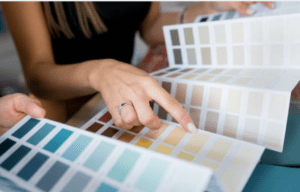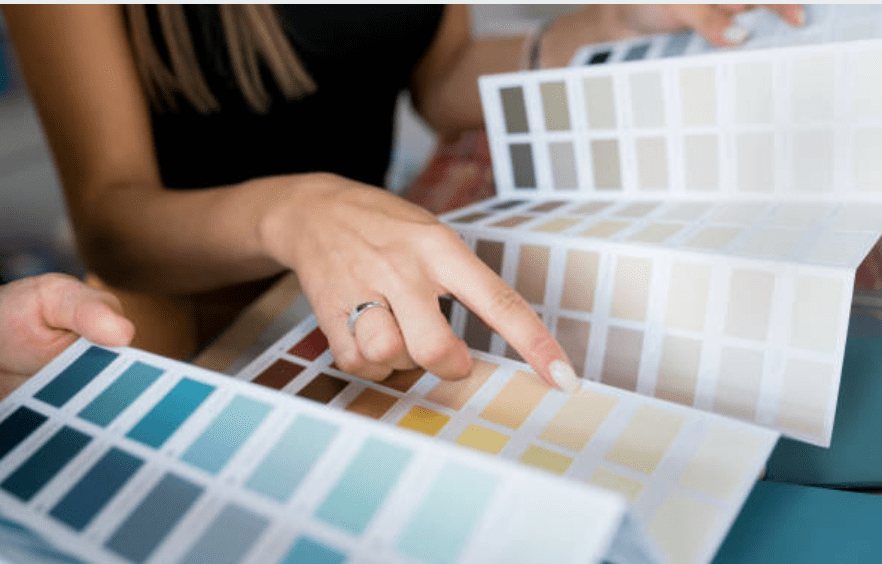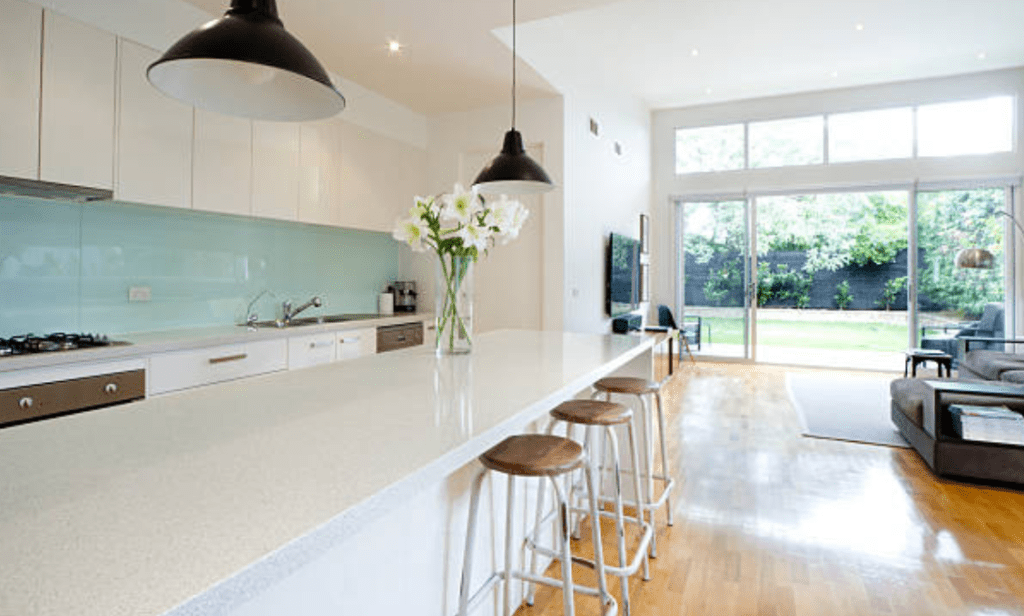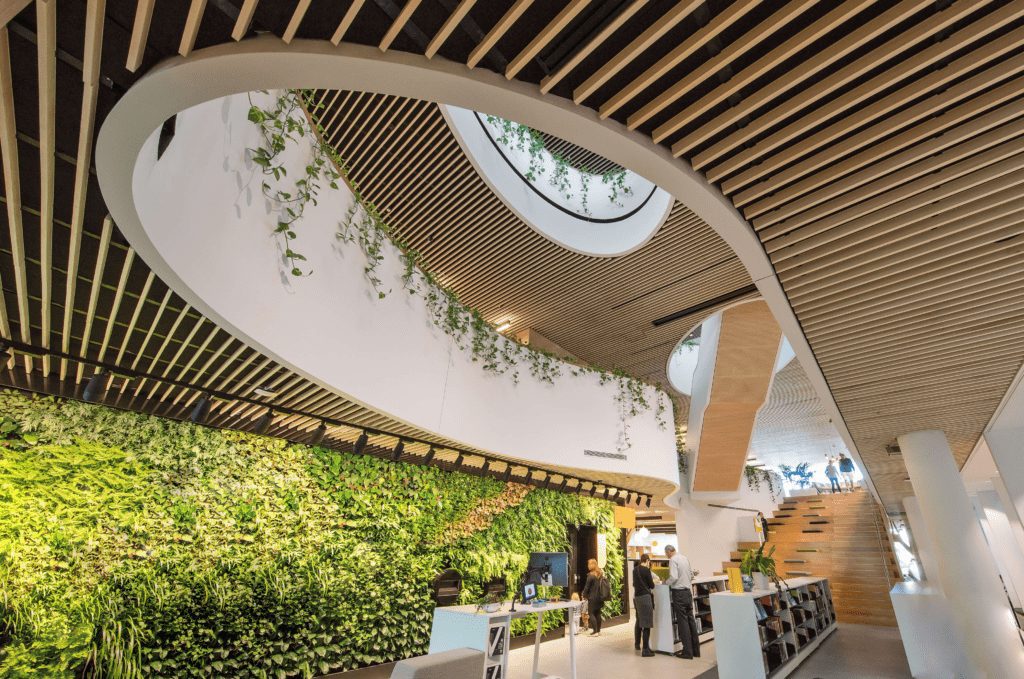Simple Solutions to Improve Your Indoors
In recent years, we have begun to give air quality elevated importance as discoveries about the health risks of inadequate air have risen. From this knowledge, a new significance with regard to improving and maintaining physical and mental health has emerged. So what are designers suggesting on this topic? How can we improve our environment and indoor air quality to better suit our health?
An article by Architect Magazine highlights design strategies that utilize plants and living walls to optimize indoor air quality. Did you know that indoor vegetation can decrease pollutants in the air, provide oxygen, and ultimately cleaner indoor air? Not only are plants beautiful to look at, but they also do wonders for our general well-being. If you want to go one step further, utilize living walls. Living walls are of course a larger quantity of plants which in turn can help you achieve a more significant functional and visual impact. According to the article, there are some plants that are better suited for the indoor environment as they perform the tasks of removing toxins, and pathogens while diffusing healthy microbes into indoor spaces. Some examples of these plants include Boston ferns, pothos, English ivy and other remediating plants.
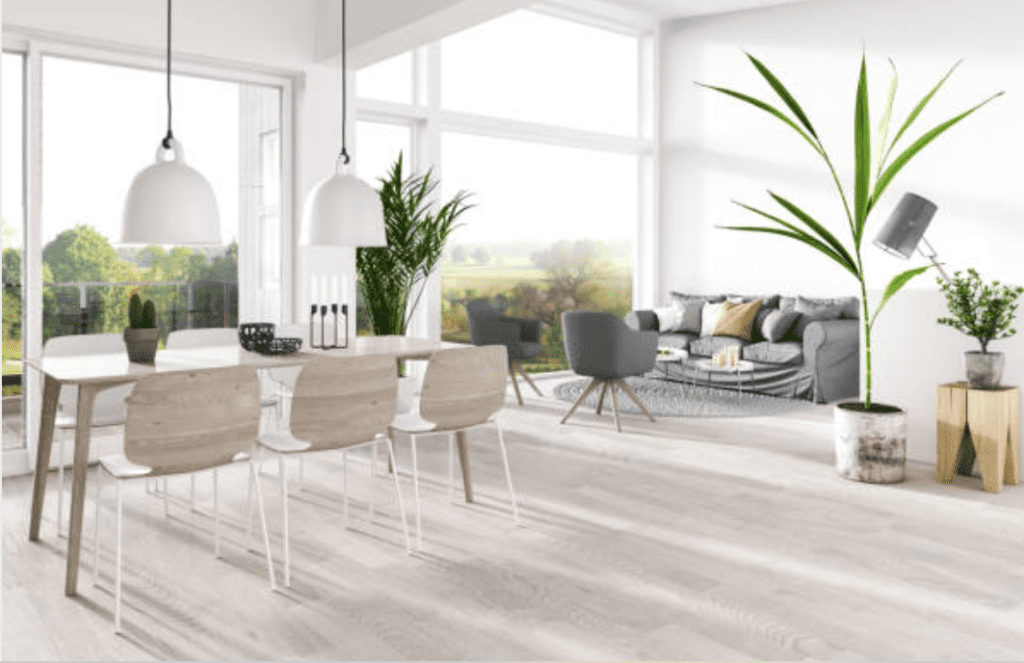
Additionally, the types and concentrations of indoor pollutants continuously fluctuate in any indoor or outdoor environment. For example, cooking in the home can lead to a rapid spike in indoor air pollution. Some of these pollutants can have concerning health impacts like respiratory diseases, heart disease and cancer can appear years after exposure. Due to these air quality fluctuations, installing air quality sensors and detectors in buildings is important. Because air quality can fluctuate throughout the day in every building, real-time monitoring is necessary to promptly address any deviations in indoor quality metrics and minimize occupant exposure to pollutants.
This month is dedicated to reminding us to take a look at our homes and businesses and see how the quality of the air we breathe can be improved. While outside air pollution gets a lot of attention, it’s the air inside our homes and businesses that can be dangerous. Most people spend nearly 80-90% of their time indoors, so the quality of the air we breathe is very important.
Humidity in the air is also a concern, too much moisture can cause buildup and cause mold growth. Lack of humidity can create respiratory issues. This month we recommend taking some time to scan your workspaces or homes and consider ways to increase the quality and safety of your air. Wondering where to start? Start by scheduling regular HVAC maintenance, or by consulting with an IAQ professional to test the air in your space. Our partners @nbdairofficial can help you find the perfect air monitoring technology for your space so that you can have peace of mind when you breathe. Contact us at [email protected] and we can help you get started and advise you on ways to optimize your health and well-being within the built environment.
Article Written By: Jotveer Pakkar
Article References:
The Rising Popularity of Interior Greening | Architect
Air Quality Monitoring & Awareness | WELL

